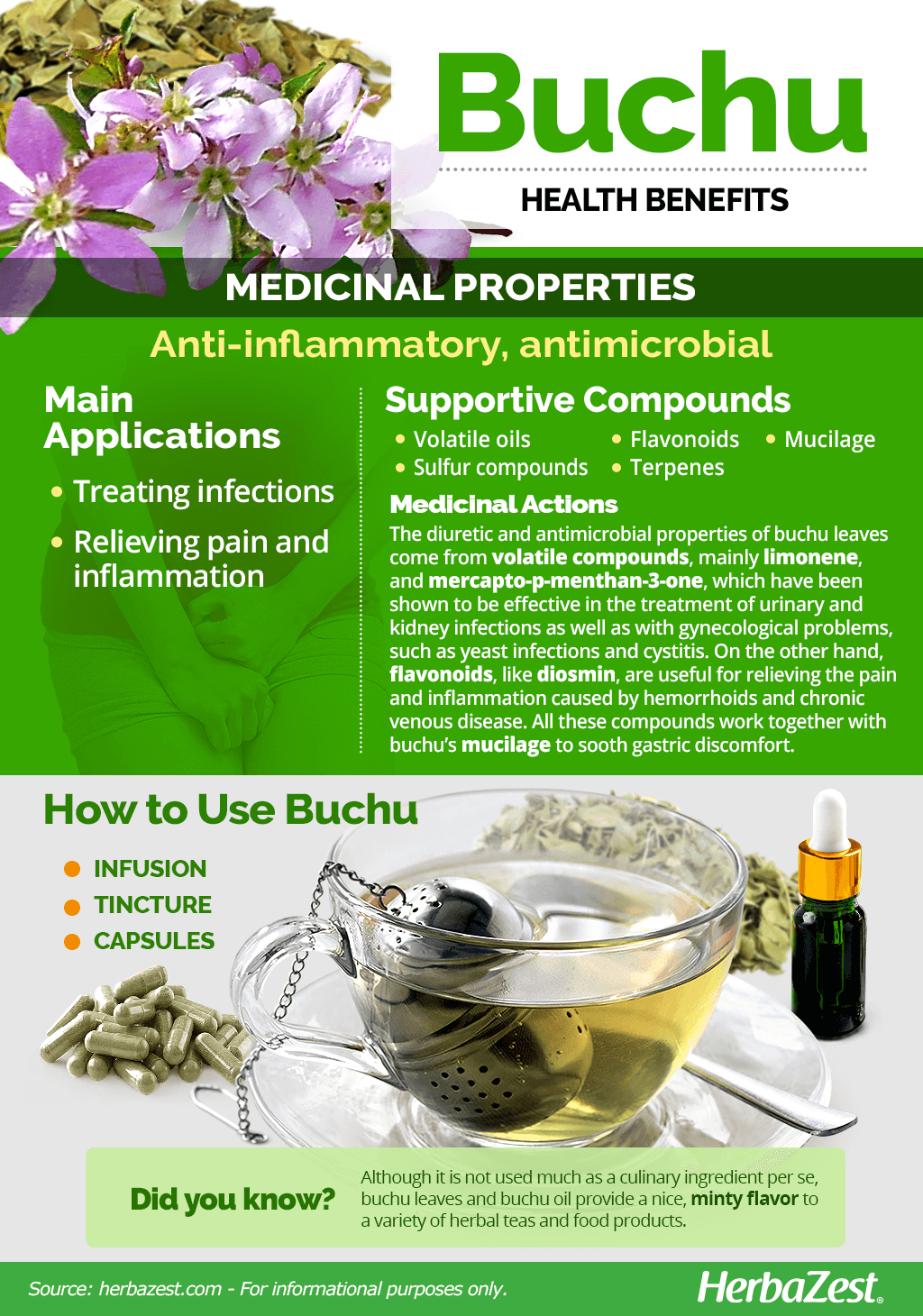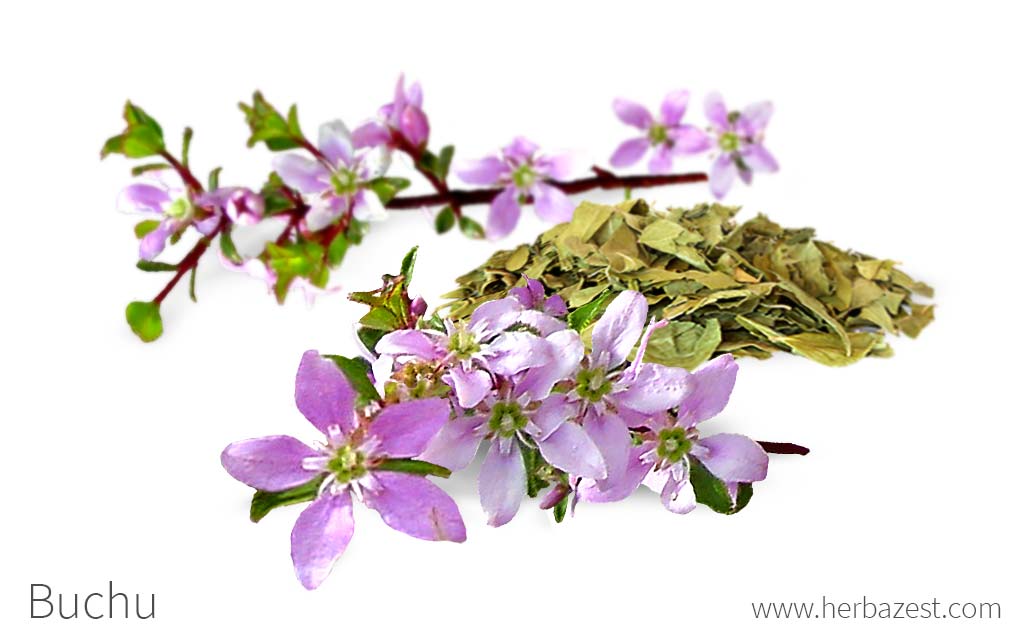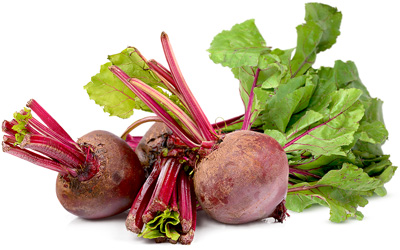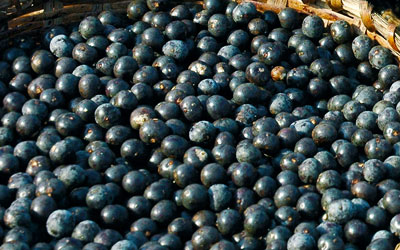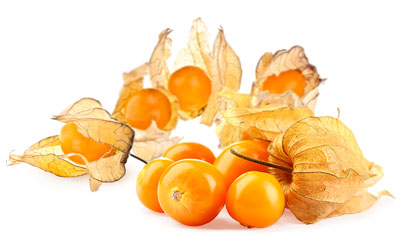The buchu plant is of South African origin and is now cultivated in Africa and parts of South America. Buchu has been known for its medicinal value in South Africa for centuries, being commonly used by the Khoekhoe tribes, particularly to relieve stomach complaints. However, the herb has earned a place in modern medicine due to its healing properties and industrial applications.
Buchu Medicinal Properties
Health Benefits of Buchu
The urinary antiseptic and other properties of buchu are used for a variety of ailments, mainly for:
Treating infections. The antiseptic and antimicrobial properties of buchu are useful for treating kidney and urinary tract infections, as well as gynecological problems related to yeast infections.
Relieving pain and inflammation. Buchu helps reduce pain and swelling caused by inflammatory diseases such as arthritis and rheumatism.
Additionally, buchu is also popular for speeding up wound healing and treating minor digestive disturbances. However, it should be noted that these are all traditional uses of the plant, and no scientific data backing up these claims has yet been published.
How It Works
The main compounds behind buchu's health benefits are its volatile oils (pulegone, menthone, diosphenol), sulfur compounds, flavonoids (diosmin, rutin), terpenes (limonene), and mucilage.
The volatile oils of the buchu plant, mainly limonene and maercaptro-p-menthan-3-one (a sulfur derived from pulegone), are not only responsible for the characteristic minty smell and flavor of the buchu leaves but also possess diuretic and antimicrobial properties. These are believed to help in the treatment of urinary and kidney infections, as well as gynecological problems such as cystitis, leukorrhea, and yeast infections, like the ones produced by Candida albicans.1,2
Diosmin is a bioflavonoid that has been successfully used in pharmacological products for the treatment of pain and bleeding hemorroids, as well as inflammation in chronic venous disease.
Limonene, aside from its health benefits, is also part of the reason that the essential oil is used in the perfume industry. Minor sulfur-containing compounds are responsible for buchu's characteristic peppermint-like smell and flavor.
The combined action of mucilages and flavonoids in buchu are thought to be responsible for its antioxidant, anti-inflammatory properties, contributing to its effectiveness at reducing gastric damage.
Other herbs, like maize, uva ursi, and marsh mallow, also possess antimicrobial and diuretic properties, whereas peony and witch hazel have anti-inflammatory benefits.
Buchu Side Effects and Cautions
Buchu is considered mostly safe. However, the diosmin contained in the herb can cause nausea, stomach discomfort, and somnolence in rare cases.
Although the oil from short buchu has a variety of health benefits, care must be taken not to consume oil from the oval leaf buchu, as this contains compound cocktails that are potentially toxic and provide little in the way of medicinal benefit.
Buchu should be avoided by pregnant women, as it contains pulegone, a compound with strong abortifacient effects.
- Medicinal action Anti-inflammatory, Antimicrobial
- Key constituents Volatile oils (pulegone, menthone, diosphenol), sulfure compounds, flavonoids (diosmin, rutin), terpenes (limonene), mucilage.
- Ways to use Hot infusions/tisanes
- Medicinal rating (1) Very minor uses
- Safety ranking Use with caution
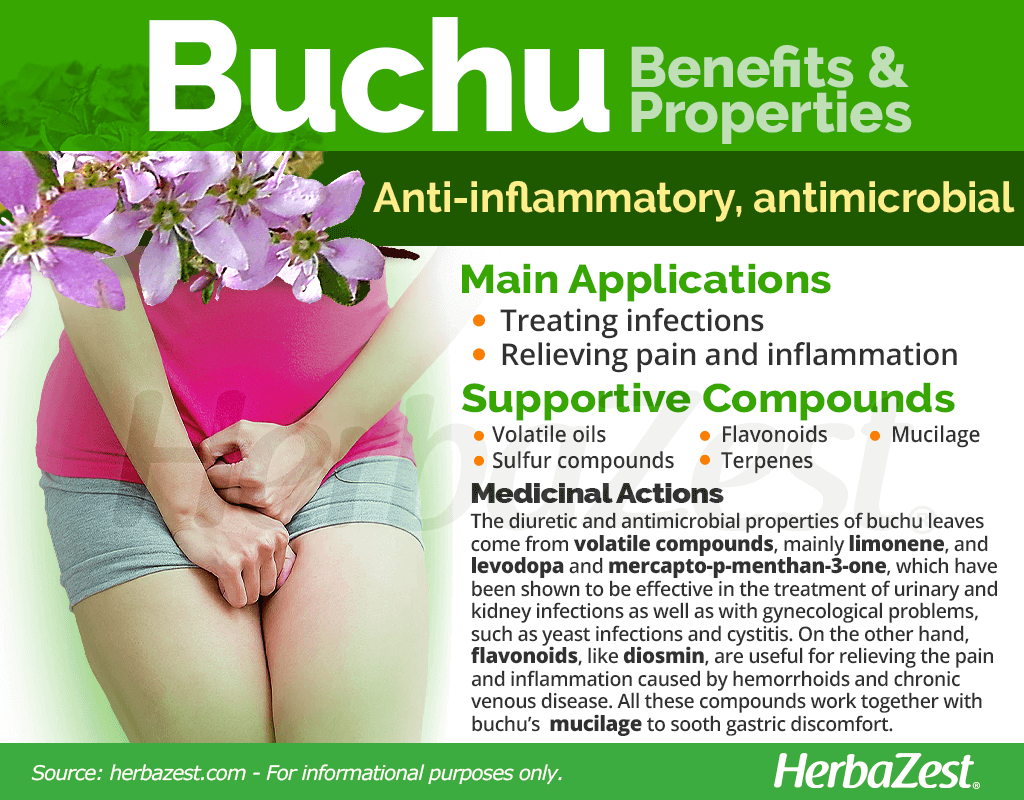
How to Consume Buchu
Although it is not used much as a culinary ingredient per se, the buchu leaf and buchu oil are important flavor components in herbal teas and food products. However, in order to reap its medicinal benefits, buchu is best consumed in herbal preparations.
Natural Forms
Infusion. Made from the dried leaves, buchu tea is the most popular way to consume the plant, primarily to relieve stomach complaints.
Herbal Remedies & Supplements
Tincture. A more traditional use that is still prevalent in South Africa today is to macerate the buchu leaves in brandy and drink it as a stomachic and stimulant tonic.
Capsules. This form of consumption is convenient for specific treatments since buchu capsules contain high amounts of active compounds, available in daily fixed doses, and help treat pain, inflammation, and urinary tract infections.
- Edible uses Beverage
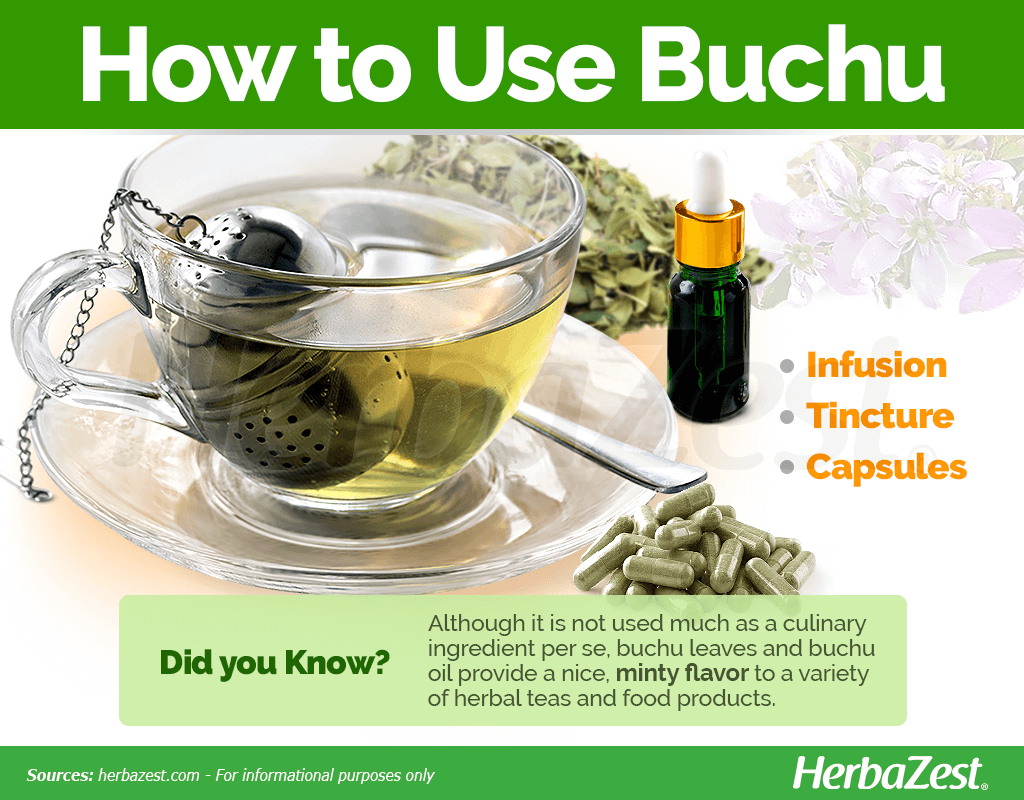
Growing
Buchu grows in dry, mountainous regions of South Africa and parts of South America. This fragrant, aromatic shrub requires specific conditions to thrive outside of its natural environment.
Growing Guidelines
Buchu can be grown from seeds, but they are not commonly found, and the plants are unlikely to grow in colder climates.
Another way to grow buchu is from cuttings, which must be planted in late summer, preferable as part of a hillside garden.
For successful cultivation, buchu requires well-drained, coarse soil.
The buchu plants need plenty of direct sunlight and a frost-free environment.
- The leaves are harvested during the summer when the shrub is blooming or fruiting.
- Life cycle Perennial
- Light requirements Full sun
Additional Information
Plant Biology
The buchu shrub can grow up to 6.5 feet (2.0 m) tall and bears small, rounded leaves, which are glossy and have serrate edges. The buchu flowers are also small and shaped like stars, typically white or pale purple in color.
Classification
Buchu (Agathosma betulina) is member of the Rutaceae family, which comprises more than 900 species across 150 genera, mostly found in tropical and subtropical regions, mainly in Australia and South Africa. Well-known members of the citrus family include kumquat (Fortunella spp.), lemon (Citrus limon), grapefruit (Citrus x paradisi), and rue (Ruta graveolens).
Related Species
The genus Agathosma is composed of only three species: A. betulina (buchu), A. crenulata (oval leaf buchu), and A. serratofolia (long leaf buchu). While the first two species of buchu can be safely used medicinally, special attention should be given to the potentially toxic A. crenulata, which is very similar in appearance, though its leaves are more than twice as long as they are broad.
Historical Information
The modern history of buchu starts in the 17th century when it started being used medicinally in South Africa by Dutch settlers and then by British settlers about 200 years later.
Buchu leaves were first exported to Britain in 1790, and by 1821, the plant had become so popular that it was included in the British Pharmacopeia as an effective medicine for "cystitis, urethritis, nephritis, and catarrh of the bladder."
In North America, buchu emerged as an important medicine in 1847 when it was patented by Henry Helmbold. Unfortunately, this marked the beginning of the rapid decline of wild buchu in its native South Africa.
Economic Data
The buchu market centers mainly on its medicinal value. The commercial success of this native South African species since the 19th century has unfortunately contributed to the decline of wild shrubs. The remaining natural plants are mainly restricted to the Western Cape Province and protected by the Agricultural Research Council of South Africa, which initiated a project designed to save it from extinction and create jobs.
Buchu is one of only three South African plants to be used in international medicine.
Other Uses
Perfume industry. Due to its intense, pleasant fragrance, buchu oil is used as a base for fragrances.
Food industry. The peppermint-like flavor of the buchu leaves is used in the fabrication of teas, candy, and liquor, among many other products.
- Other uses Perfume
Sources
- Academic Press, The South African Herbal Pharmacopoeia, Chapter 2 - Agathosma betulina, 2023
- Agricultural Research Council, Buchu Commercialization: South Africa
- Biotechnology of Fruit and Nut Crops, p. 583
- Flavours and Fragrances: Chemistry, Bioprocessing and Sustainability, p. 69
- Frontiers in Pharmacology, Buchu (Agathosma betulina and A. crenulata): Rightfully Forgotten or Underutilized?, 2022
- Meyler's Side Effects of Herbal Medicines, p. 205
- Side Effects of Drugs Annual, p. 311
- The Natural Health Dictionary
- World Economic Plants: A Standard Reference, p. 18
- USDA Plants Database, Agathosma betulina (Bergius) Pill. buchu ; Classification for Kingdom Plantae Down to Genus Agathosma Willd.
- Encyclopedia of Herbal Medicine, p. 71
- Medicinal Plants of the World
- The Herb Book
- Rosemary Gladstar's Herbal Recipes for Vibrant Health
Footnotes:
- Journal of Essential Oil Research. (2006). The Biological Activity and Essential Oil Composition of 17 Agathosma (Rutaceae) Species. Retrieved August 16, 2024, from: https://www.tandfonline.com/doi/abs/10.1080/10412905.2006.12067112
- The Journal of Pharmacy and Pharmacology. (2001). Buchu (Agathosma betulina and A. crenulata, Rutaceae) essential oils: their pharmacological action on guinea-pig ileum and antimicrobial activity on microorganisms. Retrieved August 16, 2024, from: https://pubmed.ncbi.nlm.nih.gov/11341377/
